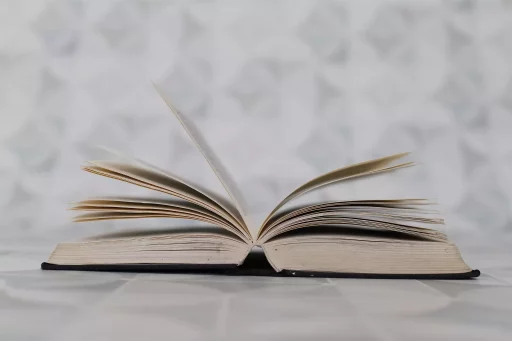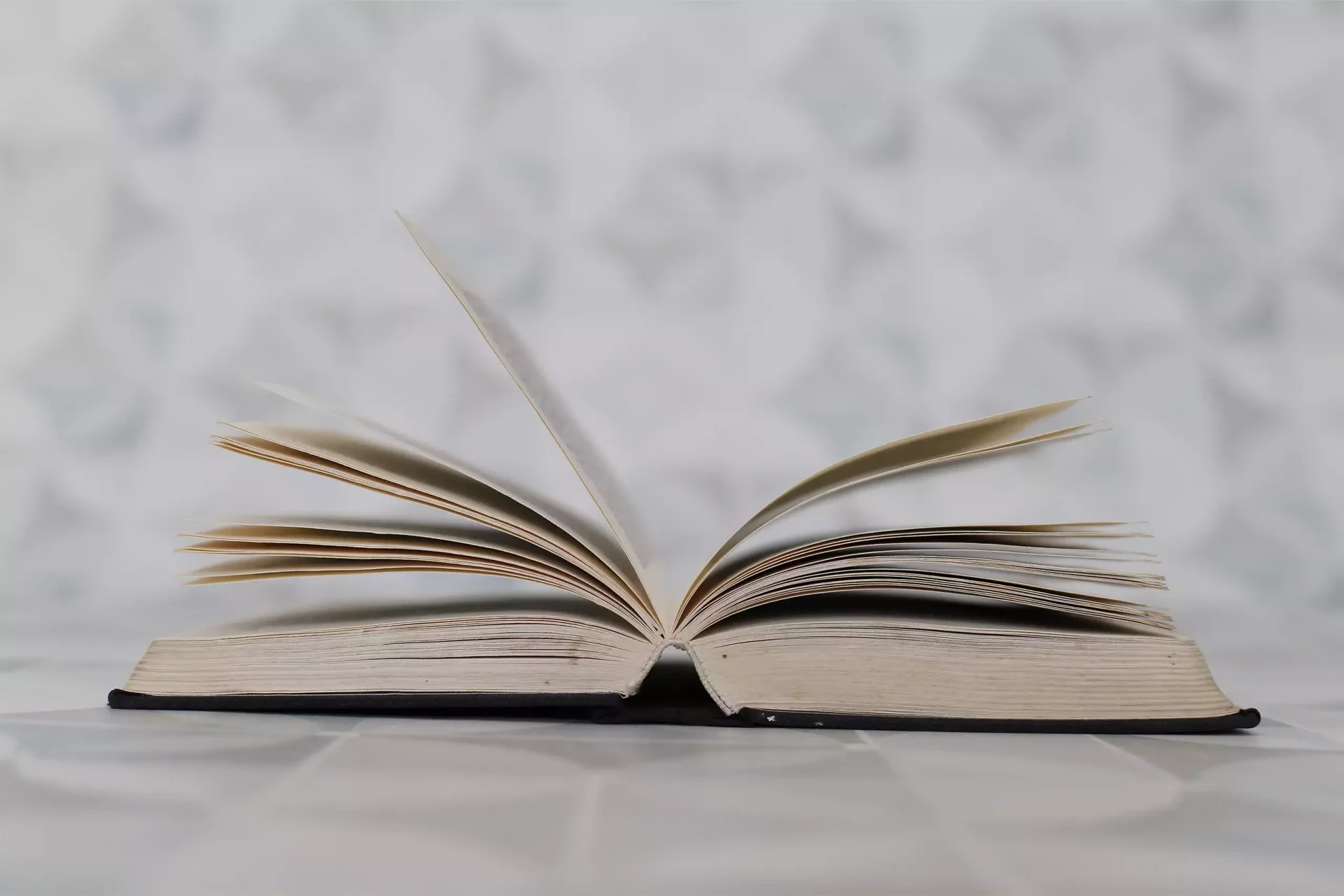What is an Autoharp?
The autoharp is a unique stringed musical instrument known for its simple design and sweet, melodious sound. Originating in the 19th century, it has remained popular among musicians of various genres, especially folk and Americana music. The instrument consists of a body covered with strings that are strummed, and it typically has a series of chord bars that are pressed to mute certain strings, producing harmonious chords. The ease of playing makes it a great choice for beginners and seasoned musicians alike.
History and Evolution
The autoharp has roots tracing back to the 19th century, with significant development attributed to Charles F. Zimmermann, who patented the instrument in 1882. His design popularized the autoharp in American homes and led to its incorporation into schools and community music groups. The instrument has evolved over the years, with advancements in materials and technology leading to improvements in sound quality and playability.
Structure of the Autoharp
- Body: Typically made of wood, the body shapes the sound quality.
- Strings: Ranging from 21 to 36 strings, these are usually made of steel and cover multiple octaves.
- Chord Bars: Each chord bar corresponds to a chord and mutes the strings that are not part of the chord when pressed.
- Bridge: The bridge holds the strings in place and affects the instrument’s tone and sustain.
Playing the Autoharp
Playing the autoharp is relatively straightforward, making it accessible for musicians of all ages and experience levels. Here’s a basic overview of how to play:
- Hold the autoharp with the strings facing towards you.
- Strum the strings while pressing down a chord bar to produce a chord sound.
- Experiment with mixing different chords and melodies.
With practice, players can create beautiful music, from simple folk tunes to intricate arrangements. Online tutorials have made mastering the autoharp easier than ever.
Notable Autoharp Players
Several musicians have showcased the autoharp’s versatility, contributing significantly to its popularity:
- Jean Ritchie: Known as the “Mother of Folk Music in America,” she popularized the autoharp and traditional Appalachian music.
- John Sebastian: The lead singer of The Lovin’ Spoonful incorporated the autoharp in many of his performances.
- Mary Lou Lord: Revived the use of the autoharp in the 1990s, lending a fresh sound to modern folk music.
Statistics on Autoharp Usage
According to a survey conducted by the American Music Therapy Association:
- Over 73% of music therapy professionals reported using the autoharp in their sessions due to its ease of use.
- 85% of individuals found the instrument’s sound calming and pleasant, making it effective in therapeutic settings.
- Participation in autoharp-related groups has doubled in the past decade, reflecting its growing popularity.
Benefits of Learning the Autoharp
Learning to play the autoharp offers numerous benefits, including:
- Enhanced Cognitive Skills: Playing an instrument can improve memory and problem-solving skills.
- Social Opportunities: Joining autoharp-focused groups or bands enhances social interaction.
- Emotional Well-Being: Music has therapeutic effects, reducing stress and anxiety.
Conclusion
The autoharp is more than just a musical instrument; it is a gateway to creativity, emotional expression, and community. Whether you are a beginner or an experienced musician, playing the autoharp can bring joy and satisfaction. As it continues to evolve and inspire, the autoharp remains a cherished tool for musical storytelling.




